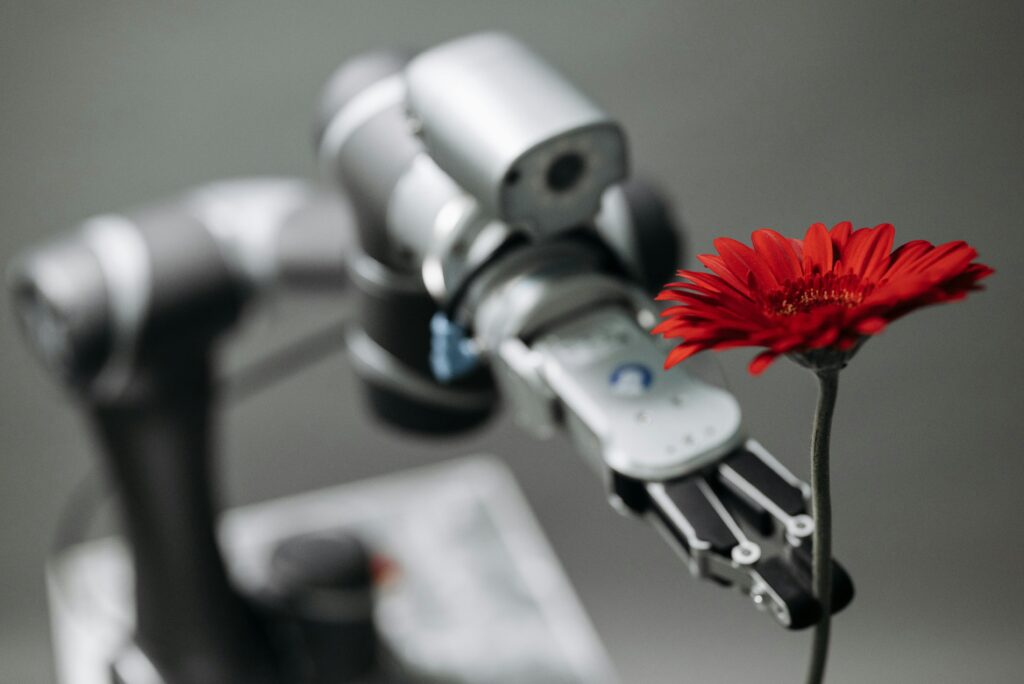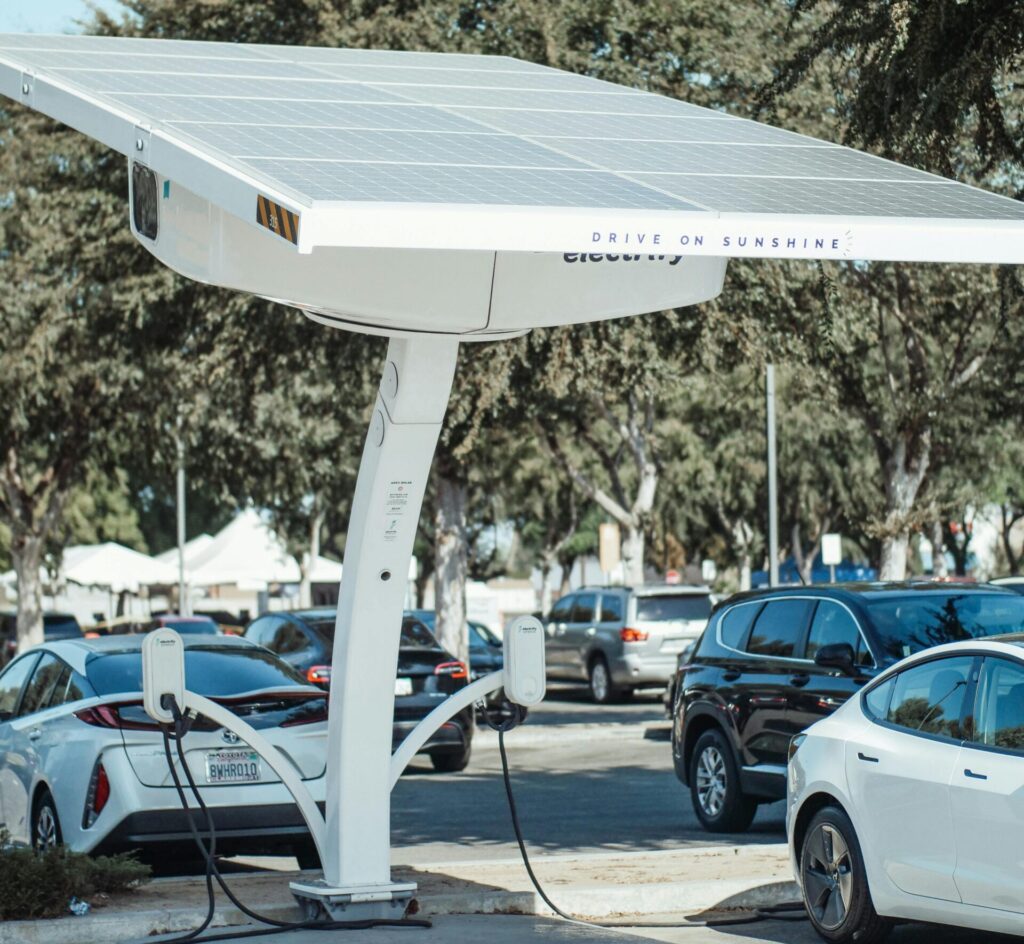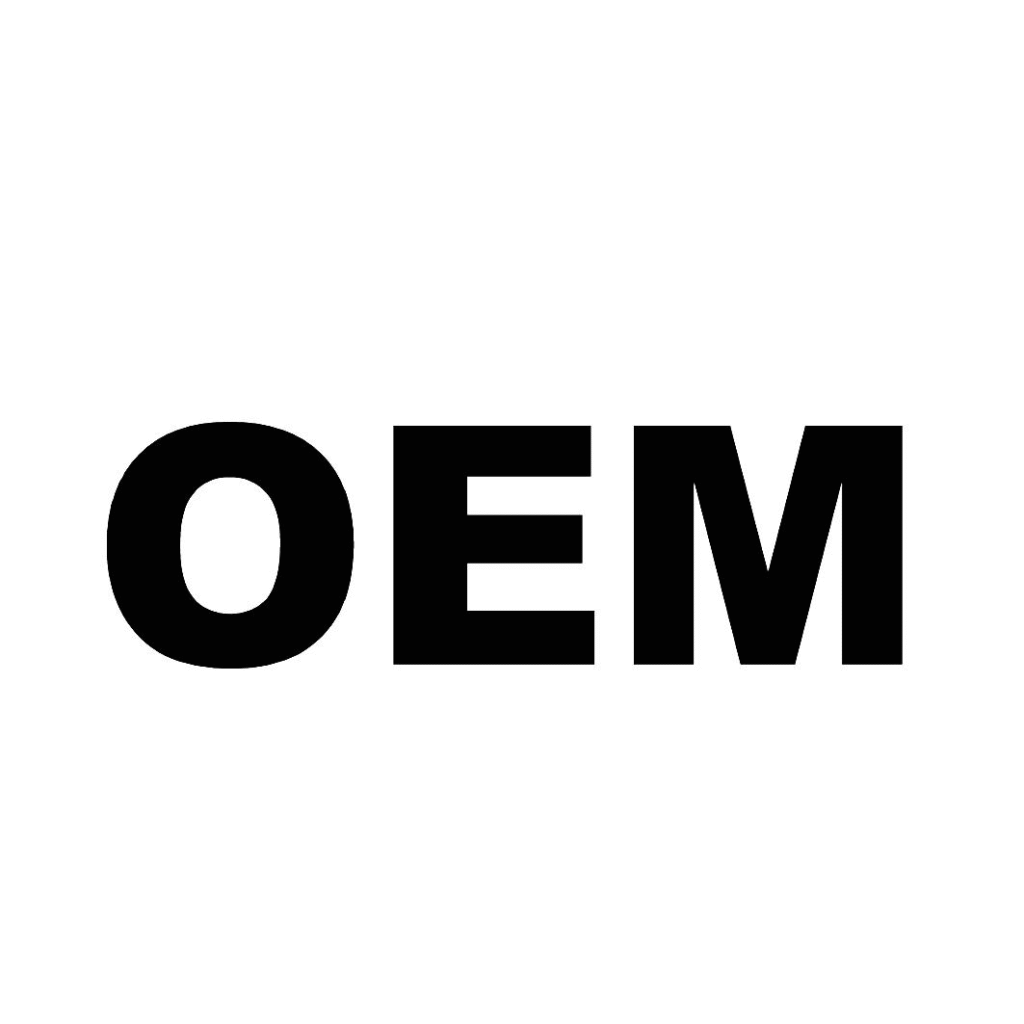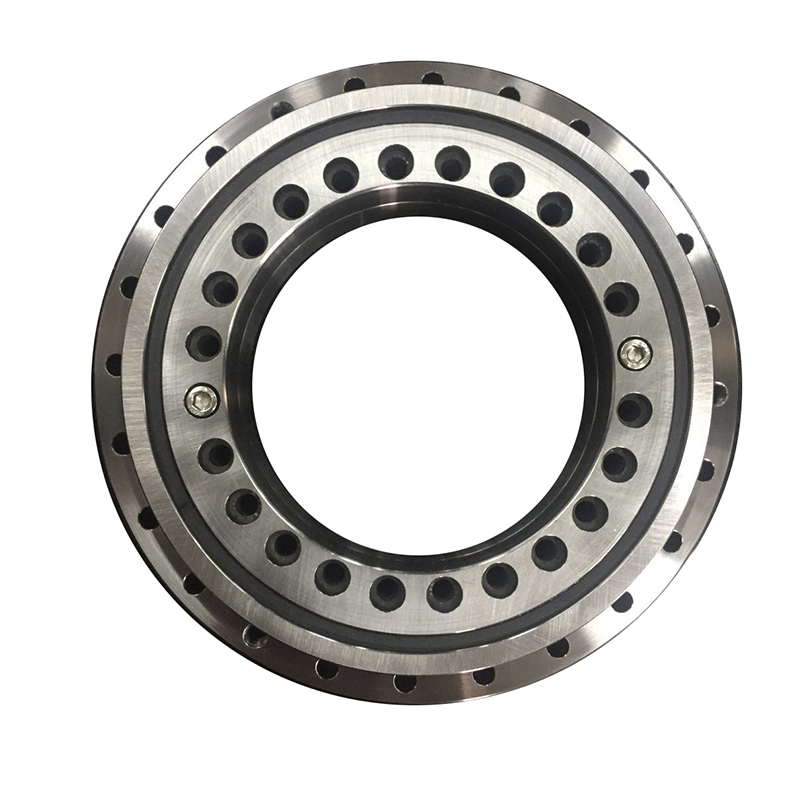The production of small crossed roller bearings involves high-precision machining and strict quality control to ensure high rigidity, accuracy, and long service life. Below is a typical manufacturing process:
1. Raw Material Preparation
Inner & Outer Rings: Typically made of high-carbon chromium bearing steel (e.g., GCr15/SUJ2), stainless steel (e.g., 440C), or ceramic (Si₃N₄).
Rollers: High-precision bearing steel, ceramic, or special alloys.
Cage Materials: Engineering plastics (PEEK, nylon), brass, or stainless steel.
2. Inner & Outer Ring Manufacturing
(1) Turning
Rough machining of ring profiles using CNC lathes, leaving grinding allowances.
Ensure reference surface accuracy for subsequent finishing.
(2) Heat Treatment
Quenching: Increases hardness (HRC 58-62).
Tempering: Relieves internal stresses and improves toughness.
Cryogenic Treatment (Optional): Enhances dimensional stability.
(3) Precision Grinding
Cylindrical Grinding: Finishes outer diameters of inner/outer rings.
Face Grinding: Ensures parallelism and perpendicularity of end faces.
Raceway Grinding: Uses formed grinding wheels to precision-grind V-shaped or circular arc raceways (surface roughness Ra ≤ 0.2 μm).
(4) Superfinishing
Mirror polishing of raceways using abrasive stones or belts to reduce friction and noise.
3. Roller Manufacturing
(1) Cylindrical Rollers
Wire cutting → Rough grinding → Heat treatment → Precision grinding → Superfinishing (roundness ≤ 1 μm).
(2) Special Requirements for Crossed Roller Bearings
Rollers must be strictly grouped for matching (diameter tolerance ≤ 0.5 μm).
Some use ceramic rollers (Si₃N₄) for higher wear resistance and speed.
4. Cage Manufacturing
Metal Cages (Brass/Stainless Steel): Stamped or machined for precise pocket accuracy.
Plastic Cages (PEEK/Nylon): Injection-molded for lightweight and low friction.
5. Assembly
(1) Roller Arrangement
Rollers are arranged in a 90° cross pattern for even load distribution.
Some bearings use “X-type” or “O-type” layouts.
(2) Cage Fixation
Rollers are secured via riveting, screws, or adhesive bonding.
(3) Preload Adjustment
Preload is fine-tuned using spacers or threaded adjustments to optimize rigidity and rotation accuracy.
6. Inspection & Testing
(1) Dimensional Inspection
Coordinate Measuring Machine (CMM) checks raceway and roller matching accuracy.
Roundness/parallelism inspection (≤ 2 μm).
(2) Rotation Performance Testing
Torque, vibration, and noise testing (compliant with ISO or ABEC standards).
High-speed endurance testing (simulates real-world conditions).
(3) Cleaning & Anti-Rust Treatment
Ultrasonic cleaning → Anti-rust oil coating → Vacuum packaging.
7. Packaging & Delivery
Individual dust-proof packaging to prevent contamination.
High-precision bearings may require controlled storage (temperature & humidity).
Key Process Control Points
✔ Material Purity (low oxygen content in bearing steel).
✔ Heat Treatment Consistency (prevents deformation or soft spots).
✔ Raceway & Roller Matching Accuracy (affects load capacity and lifespan).
✔ Preload Control (excessive preload causes overheating; insufficient preload reduces rigidity).






